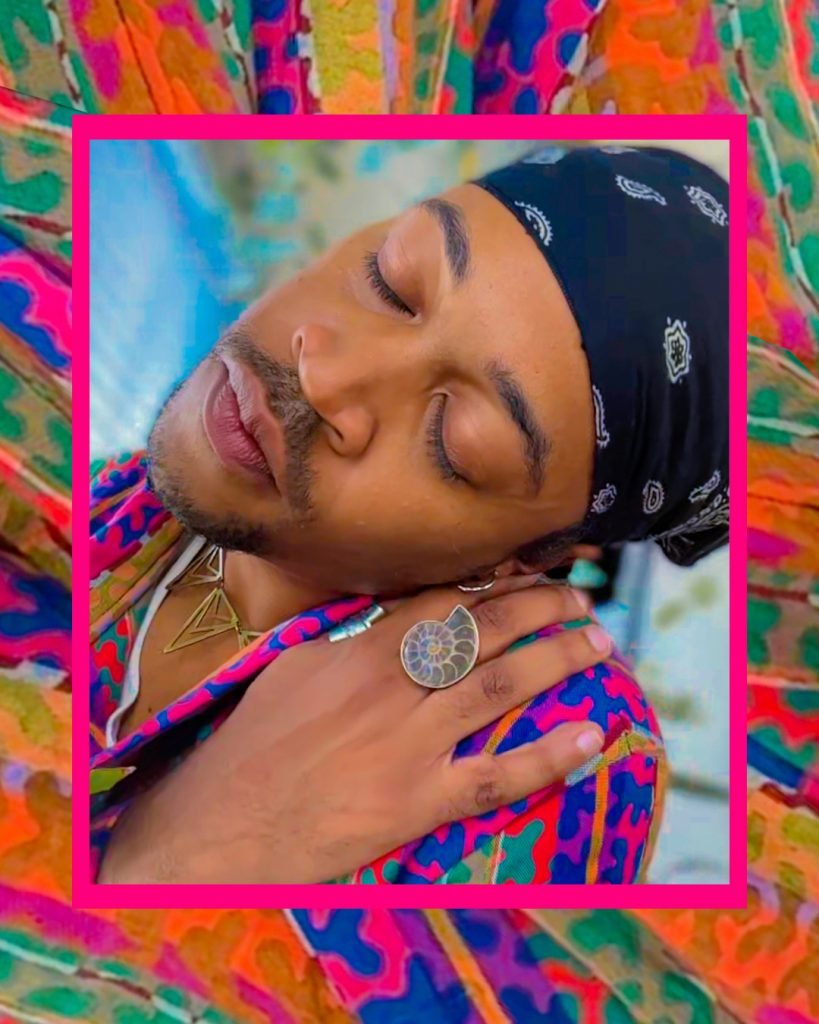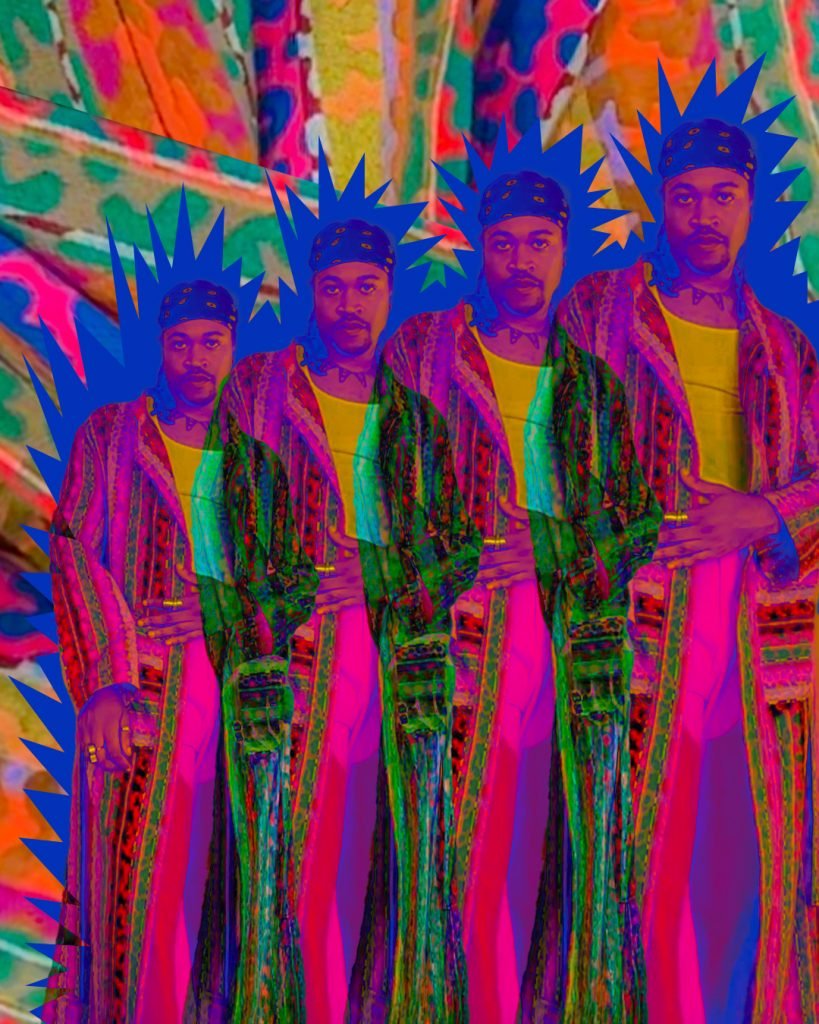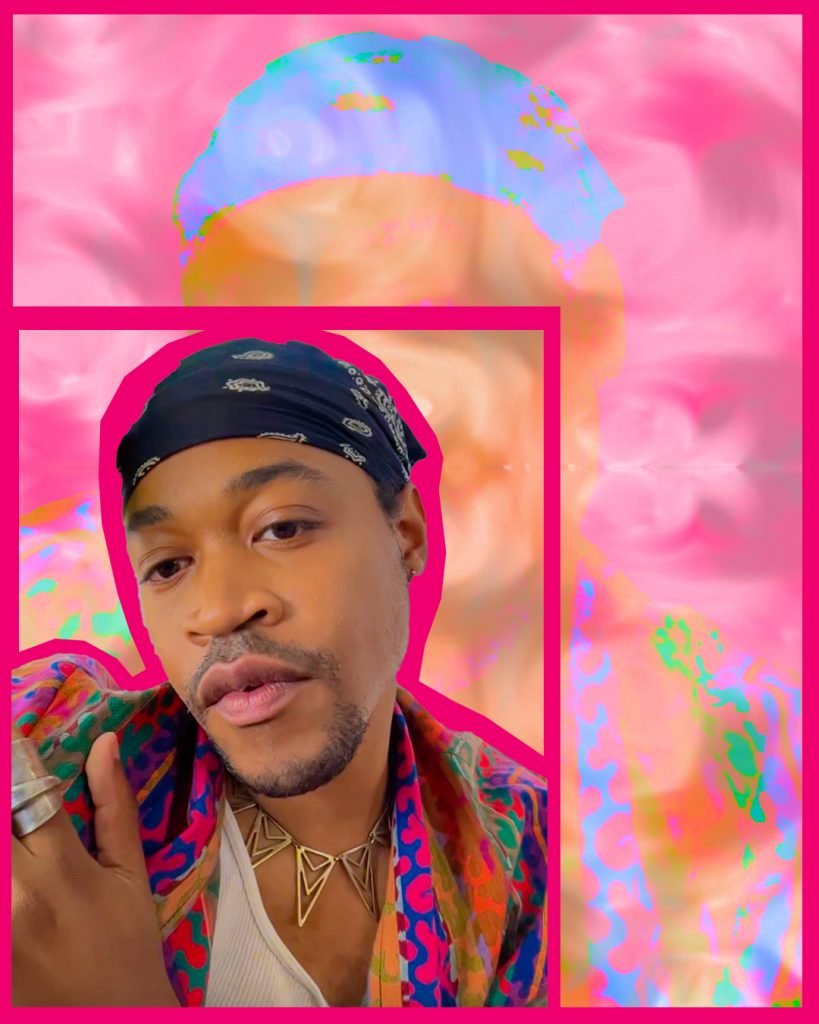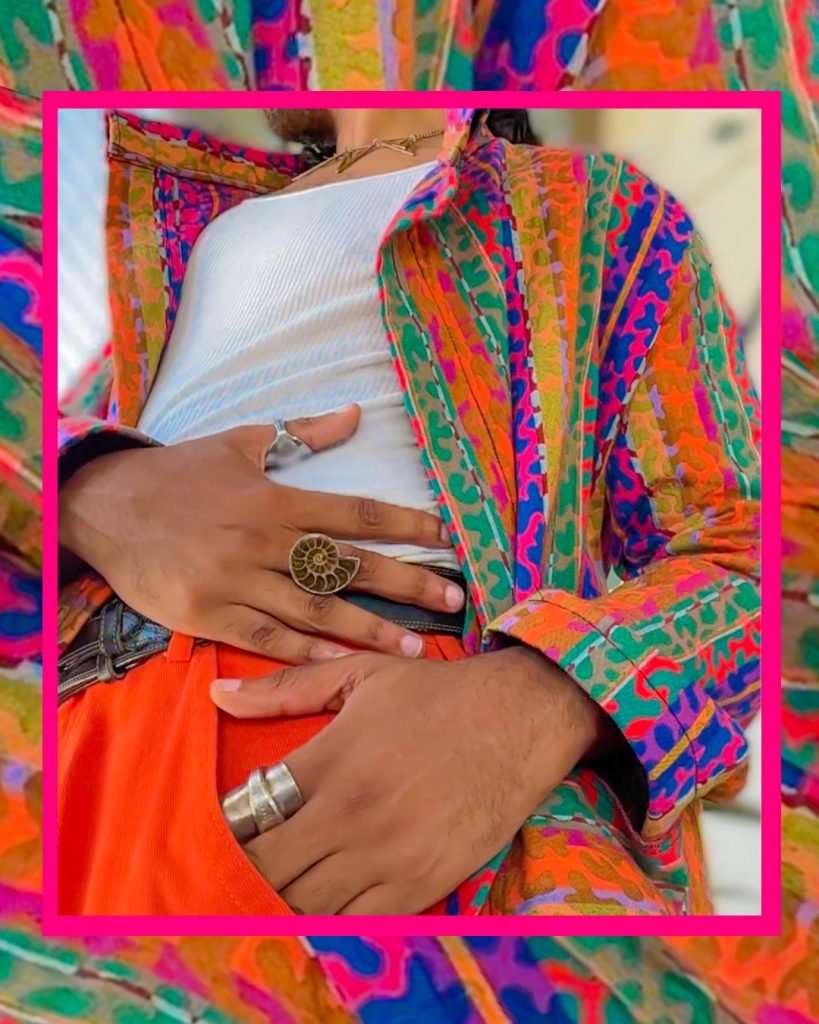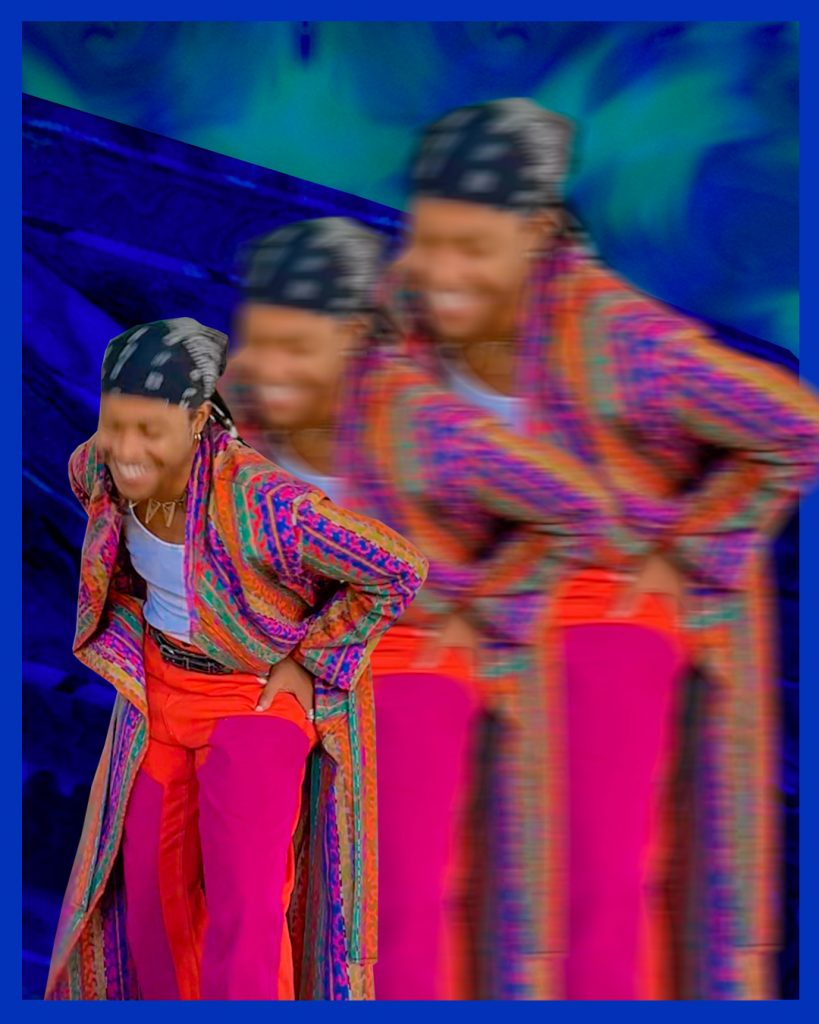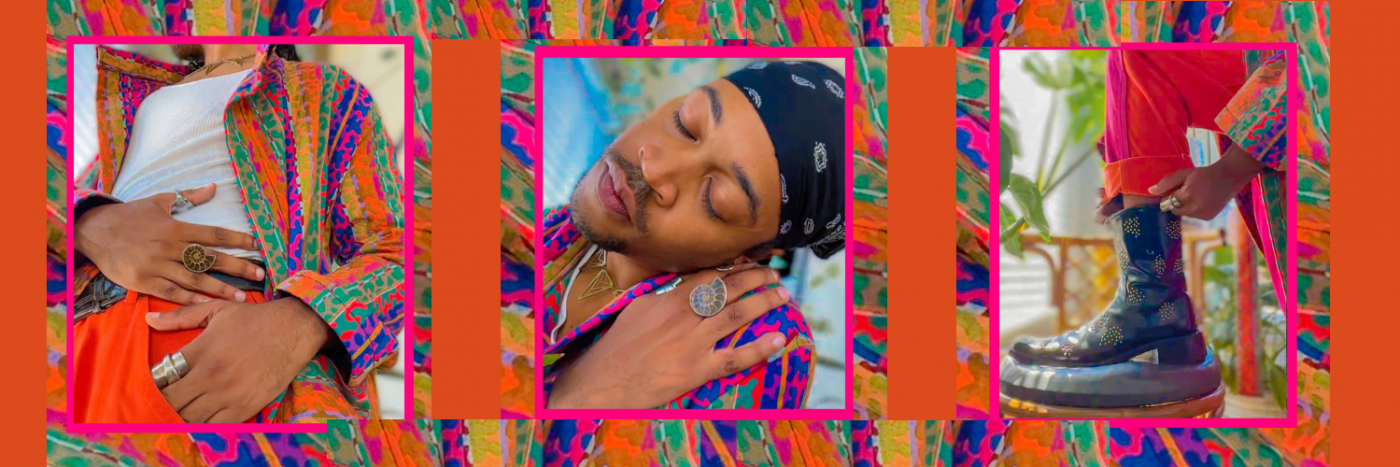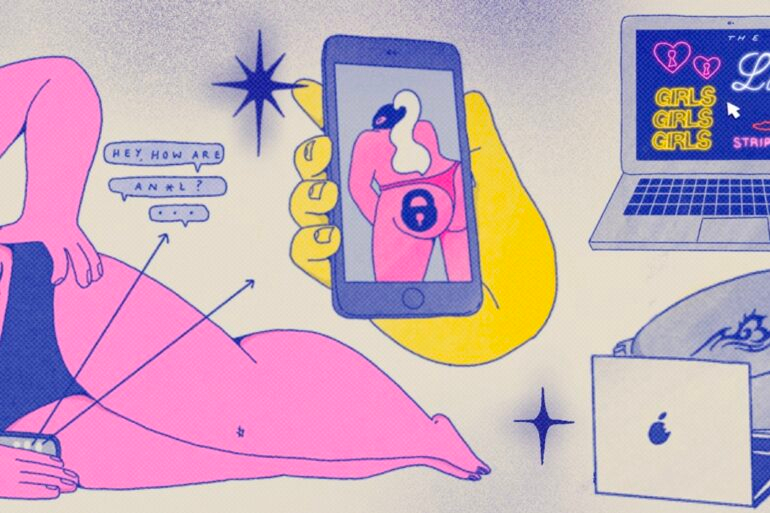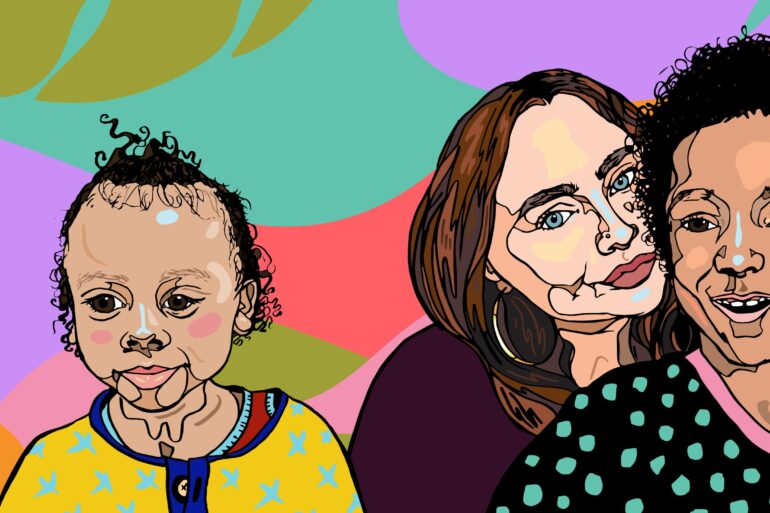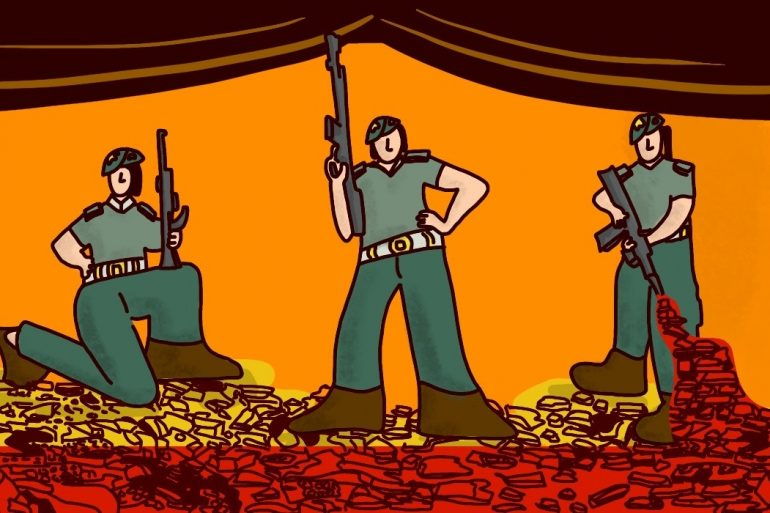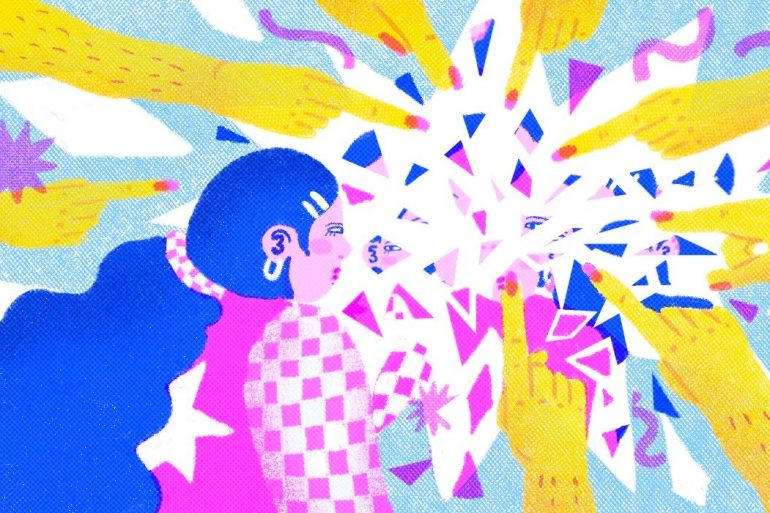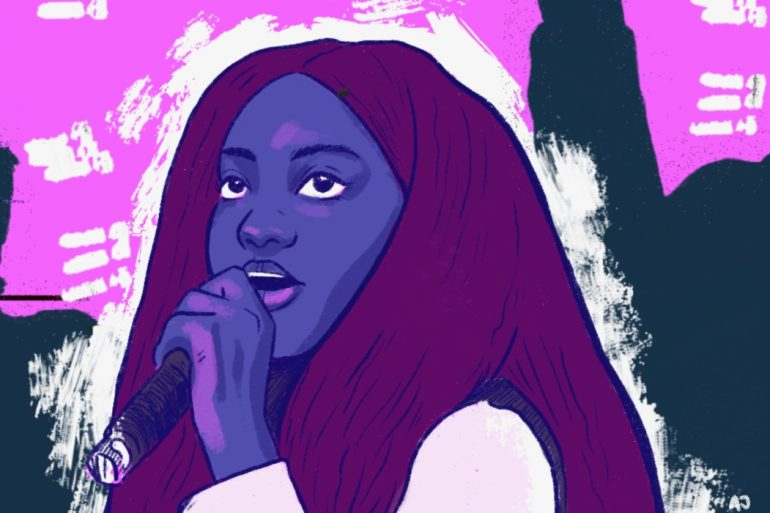Vincent Martell is a Chicago-born filmmaker and the Founder/CEO of VAM STUDIO, an award-winning production company with a diverse team of queer people of colour filmmakers in Chicago, New York, and Los Angeles.
After watching one of VAM’s latest productions, Finesse, I was eager to speak to the mind behind it. I had felt deeply touched by the themes explored in the series, and from exploring the other projects VAM produced, it was clear the studio was pursuing interesting and unconventional themes.
I’d describe my conversation with Vincent Martell as healing. We talked about love, vulnerability, shame, family, community and identity. And as we spoke, I reflected thoroughly on my existence as a queer person and learnt how to implement some of Vincent’s ideals in my own work and life.
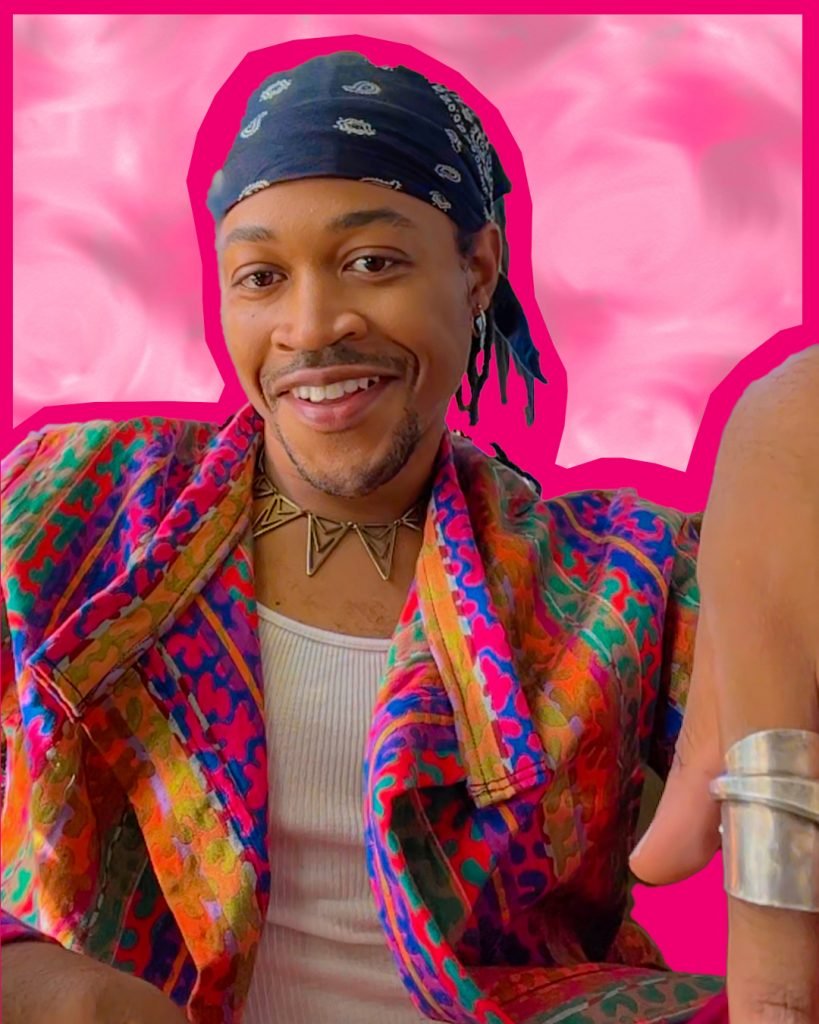
In the spirit of sharing, I will explore three lessons Vincent taught me during our conversation:
Lesson 1: Disruptive narratives and radical inclusion are inherent to being queer
Most of the crew at VAM are people of colour and queer, trans or non-binary.
For VAM, providing conscious and visible representation not only disrupts the status quo in an industry built on the back of years of exclusion and discrimination, but establishes a space for queer people of colour, created by queer people of colour, to centre the stories of queer people of colour.
The ideas of radical inclusion and disruptive narratives characterised Vincent’s lifestyle long before they became the buzzwords for tokenistic representations of marginalised people. As he notes, “these things were in my vocabulary since I started thinking about VAM, almost 14 years ago, before this was the thing in Hollywood and TV and film industry.”
Therefore, the space created through VAM came about as a response to an industry that Vincent did not feel reflected the communities he was in and was looking to serve. This is reflected in VAM’s activities and projects – it is who VAM is.
For example, the idea of asking about the pronouns of the cast and crew to make them feel more comfortable around each other is something Vincent is accustomed to because of his interactions with queer people, and as a queer person. Therefore, making this a part of VAM’s values was not particularly difficult.
Vincent made me realise these are standard practices among various queer communities but are not necessarily inherent to dominant society. While there are exceptions, I mostly only get asked about my pronouns when I am around other queer people in queer spaces.
Often, these practices are seen as radical and disruptive. However, as Vincent says, “we say radical because I think that’s easy for other people to understand, but it’s just kind of who we are.” Essentially, radical inclusion and disruptive narratives are ingrained parts of VAM’s existence because of the lived experiences of the people at the helm.
Lesson 2: Vulnerability, loneliness, and bravery are within me.
Make no mistake, the radical inclusion and disruptive narratives at VAM show up on the screen.
The content of the productions at VAM are extensive. They create music videos, commercials, films, documentaries and series. One commonality across these projects is they expressed VAM’s commitment to presenting complex and inclusive existences that reflected all of our lived experiences.
From watching Finesse, which stars Drag Race All Stars 7 superstar, Shea Coulee (Jaren Merrell), it was clear that VAM is willing to explore aspects of existence that we are all too afraid to talk about, and in ways we are too afraid to do so.
The show touches on drugs, sex, pleasure, and intimacy among queer people of colour in ways we wouldn’t ordinarily see – with agency over our bodies, and being sensual and intimate in all our complexities and messiness.
The characters are seen experiencing queer joy, while navigating various complex issues that aren’t exclusive to the queer community but are prevalent among the queer community.
We see Martell, the character played by Vincent, thoroughly washing himself in the shower after having sex, as though ashamed of the pleasure he has just experienced. We see how the systemic violence queer people experience can produce complex relationships with those we love that are simultaneously toxic and joyful, and how we often make tough decisions on which relationships to leave and which to remain in.
The series also deals with the idea of identity, and what it means to be queer through Daryn (played by Jeez Loueez), a sexually fluid character that has to come to terms with how they navigate moving through various identities to benefit them.
I thought this was brave, and as we spoke, Vincent quickly made me realise the source of this bravery: in practising vulnerability and embracing shame. Something we all should be doing.
This was reminiscent of all the reading I’ve done on shame and vulnerability, thanks to Brené Brown, a shame researcher. In her book Daring Greatly, Brown presents vulnerability, not as a weakness, but simply as “being all in” despite uncertainty, risk and emotional exposure. It’s about engaging with life from a perspective where we see ourselves as neither victorious nor defeated, and we allow ourselves to be seen either way.
Subscribe to shado's weekly newsletter
Exclusive event news, job and creative opportunities, first access to tickets and – just in case you missed them – our picks of the week, from inside shado and out.

This allows us to embrace the things we are shameful of. We can develop what Brown describes as the “ability to practice authenticity when we experience shame, to move through the experience without sacrificing our values, and to come out on the other side of the shame experience with more courage, compassion, and connection than we had going into it.”
Audre Lorde, bell hooks and Brené Brown remind us that shame cannot survive being spoken. Speaking the things we are ashamed of exposes a moment of vulnerability that can allow healing.
VAM speaks the things we are ashamed of, and they are not ashamed to explore them in empathetic ways that show we’re still deserving of love and are good enough. Speaking our shame in empathetic ways allows us to see that we are not alone, and allows self compassion and critical awareness.
Vincent reminds me of the bravery it takes to embrace shame and practice the vulnerability that lies within all of us. “I think bravery and vulnerability are both things that take a level of uncomfortability. I’ve gotten really good at being uncomfortable,” he says.
He continues by highlighting how being brave comes with a “level of loneliness that I’ve gotten comfortable with living in – because I know if I do the work, more people will catch on, and more people will join me.”
Vincent describes this loneliness through an understanding that being brave and vulnerable enough to open VAM to these themes has meant “knowing that you might be alone in this for a little bit… that you might be the only one who thinks this way or feels this way.” There are not many people doing what Vincent or VAM is doing, and it often means he is alone. This is not particularly surprising to Vincent though; as he highlights, “as gay, Black people, no one knows loneliness like us.”
This bravery reverberates into all aspects of VAM, including on set. Vincent highlights that he did not have a template when establishing VAM Studio, and “it was a lot of me falling on my ass and being humbled over and over again.”
Vincent therefore describes VAM sets as “teaching sets,” where “there is an understanding that we might not have the entire vocabulary just yet. We might not know the right ways to manoeuvre and execute certain manuals on a production, but we’re going to learn together and we’re going to try every single day.”
I believe one of the most incredible acts of bravery is willing to fall flat on our faces and admitting we may not know what we’re doing, but we’re here to learn and willing to try.
This requires vulnerability and creates an environment of constant learning and growing with all the complexities.
Vincent explains: “It also allows VAM to be a space for inspiring everyone who comes on our set to think differently. They take that to whatever productions and sets that they will encounter after that.” After people have left VAM’s sets, their existences become a pedagogical tool for consciousness raising of how we can and should be.
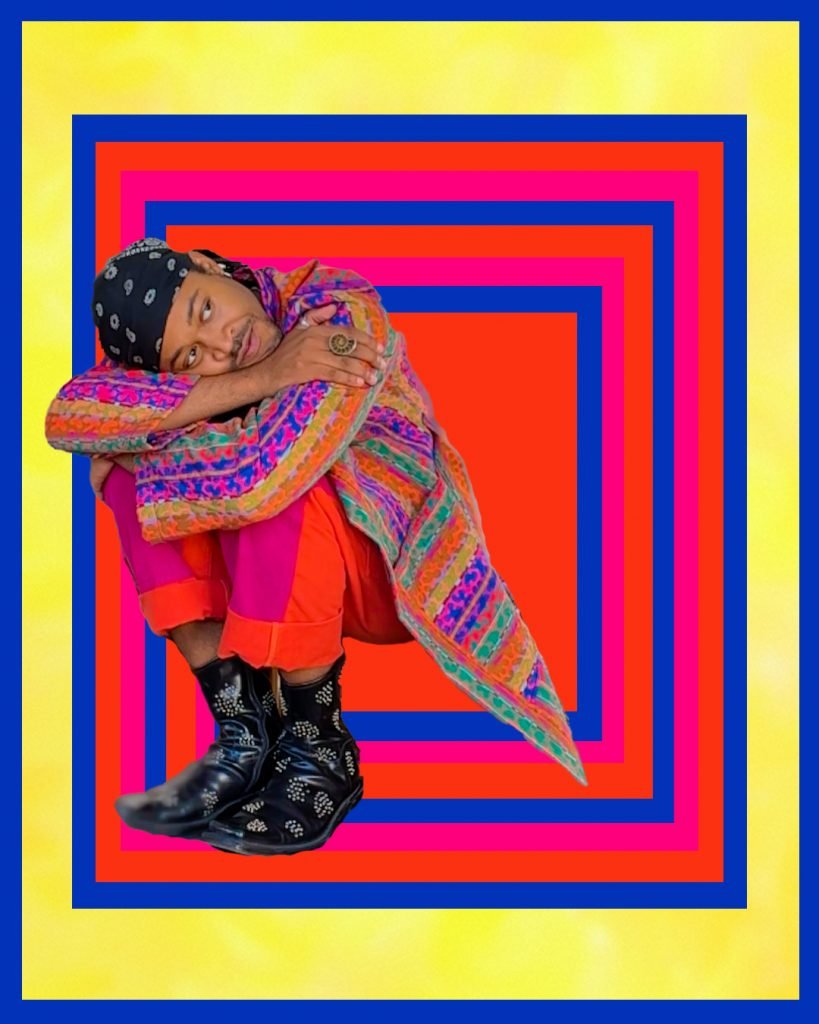
Lesson 3: “Through me, these queer ancestors are visual.”
The idea of how we can and should be is often complicated for queer people because we rarely get the opportunity to have queer perspectives that disrupt normativity and transcend into the mainstream.
Influential artists that Vincent refers to as “ancestors” have transformed art and pop culture but rarely always get the acknowledgements or accolades they deserve, particularly in the mainstream.
These are artists like Marlon Riggs, Langston Hughes, Jason Holliday, Kathleen Collins, Pauli Murray, Ousmane Sembène, James Baldwin, William Greaves, Jean Cocteau, and E. Lynn Harris. Unfortunately, many of these artists often end up being forgotten.
The legacy of these artists transcend the works they created. They have inspired artists that have come after them to expand their creativity, and in doing so, reify their presence in the canon of our artistic expressions.
Episode two of Finesse starts off in black-and-white, guitar strums, scenes from the street, and Black men experiencing pleasure.
To me, this was reminicent of Isaac Julien’s Looking for Langston, a 1989 black and white film that explores Black gay identity and desire during the 1920s Harlem Renaissance. The film included poems from Langston Hughes, Richard Bruce Nugent, James Baldwin, and Essex Hemphill. Through Vincent’s Finesse, I experienced the arts of Isaac Julien, and through this, I experienced Hughes, Nugent, Baldwin, and Hemphill.
Vincent says, “when I create something, it’s always in the back of my head that I really hope this isn’t forgotten. I hope that I’m not forgotten.” However, he continues, “I’ve learnt that if I’m going to do the work, I have to be about the work, period. Not the response, not who will see it, not who acknowledges me for it, not who will give me the award. I have to really be about the process and the art, the work of it all. And that thinking over the past few years has transformed my life.”
It is essential to be about the art and not solely focused on who sees it because art can transcend time and space and hold the imprints of our existence long after we are gone.
As Vincent highlights, VAM is a way for him to “exist as an extension of all of those who have come before me.” It is a way to keep their memories alive because “through me, these queer ancestors are visual.”
Their names might not be in the mainstream, but we see the imprints of many of the works they created in our lives.
Through VAM, Vincent puts their name, creativity and accomplishments out there. Therefore, people coming after Vincent will not simply see what he has created through VAM; they are also experiencing what the artists that have come before Vincent have created. Through Vincent, they are visible, and they are not forgotten.
The relegation of queer perspectives has rendered them invisible in various aspects of our lives. We can all see, in some way, how we can revive these perspectives in our works, and how through us, they can become visible.
Vincent and the existence of VAM motivates us to go for it entirely, unapologetically, and without remorse, because we deserve it: “I want to make sure that I continue to do the work and make the art so that they can live in that. But I also want to get the dues that we have deserved. I want to make sure that I’m getting everything that they should have gotten, because with my art comes them. And so I’ve been really unapologetic about demanding things that I know that they should have gotten.”
This part of the conversation pulled together all we had been speaking about. From recognising the inherent disruptive nature that propelled the creativity of the ancestors, to their expressions of vulnerability and bravery despite being alone and often unacknowledged, and finally with the way they also reflected those that have come before them.
In that moment, I realised that in years to come, as we have discussed Hughes, Baldwin and their peers, Vincent will be discussed as an ancestor that has motivated the creativity of people that come after him.
In these discussions, the people that have come before him will be seen. And just like that, Vincent has joined the legacy of people that have ensured that Black queer existences are archived and documented. We love to see it!
What can you do?
- Read Daring Greatly by Brené Brown
- Watch Finesse Web Series – YouTube
- Listen to the the podcast Busy Being Black
- Follow Vincent on instagram @vincentmartell
- Listen to an important conversation with Rico Norwood about Isaac Julien’s Looking for Langston:
- Follow VAM Studio on Twitter and VAM STUDIO™ (@vamstudioofficial) • Instagram photos and videos
- Find out more about Finesse with the following links
Get to know about
- Marlon Riggs
- Langston Hughes
- Jason Holliday
- Kathleen Collins
- Pauli Murray
- Ousmane Sembène
- James Baldwin
- William Greaves
- Jean Cocteau
- E. Lynn Harris
- Ajamu X
- Rico Norwood
- Oscar Micheaux
